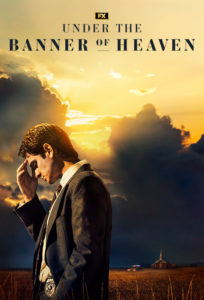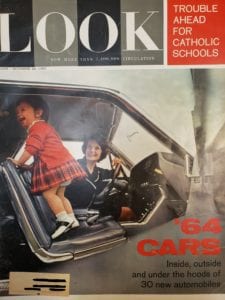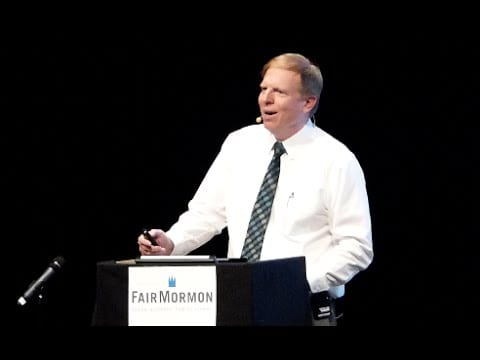In March of 2021, James Huntsman filed a lawsuit against the Church of Jesus Christ of Latter-day Saints (Sometimes referred to as Mormon) alleging that that he paid tithing based on false statements given by then President Gordon B. Hinkley who said that tithing funds would not be used to build the City Creek Mall. What President Hinkley said was as follows:
But I wish to give the entire Church the assurance that tithing funds have not and will not be used to acquire this property. Nor will they be used in developing it for commercial purposes.
Funds for this have come and will come from those commercial entities owned by the Church. These resources, together with the earnings of invested reserve funds, will accommodate this program.[i]
On January 31, 2025, The 9th Circuit Court of Appeals ruled unanimously in favor of the Church. [Read more…] about Court Ruling in the case of James Huntsman vs the Corporation of the President of the Church of Jesus Christ of Latter-day Saints


 In 1997 a small group of Internet message board warriors started an organization named the Foundation for Apologetic Information and Research, or FAIR. FAIR was staffed by young, strident defenders of The Church of Jesus Christ of Latter-day Saints.
In 1997 a small group of Internet message board warriors started an organization named the Foundation for Apologetic Information and Research, or FAIR. FAIR was staffed by young, strident defenders of The Church of Jesus Christ of Latter-day Saints.



